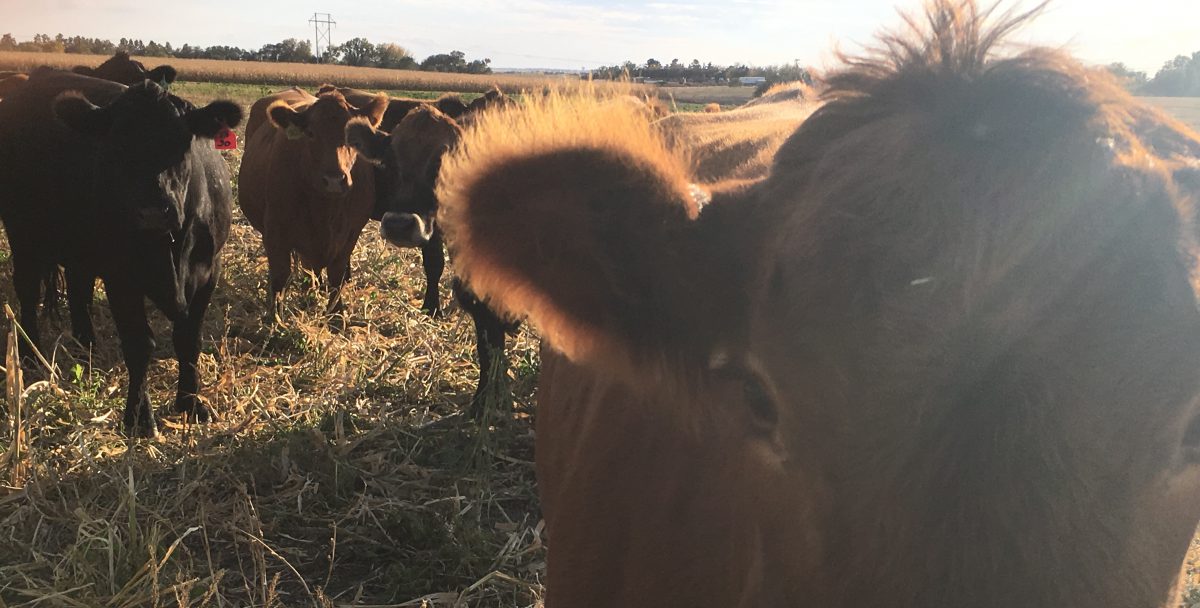
Have DDGS Changed?
As a consultant in central Nebraska, one of the most common questions I receive is: “Have DDGS changed?” Of course, there is lots of antidotal evidence that ethanol plants are getting more efficient. Plants have improved utilizing all the starch [...]



